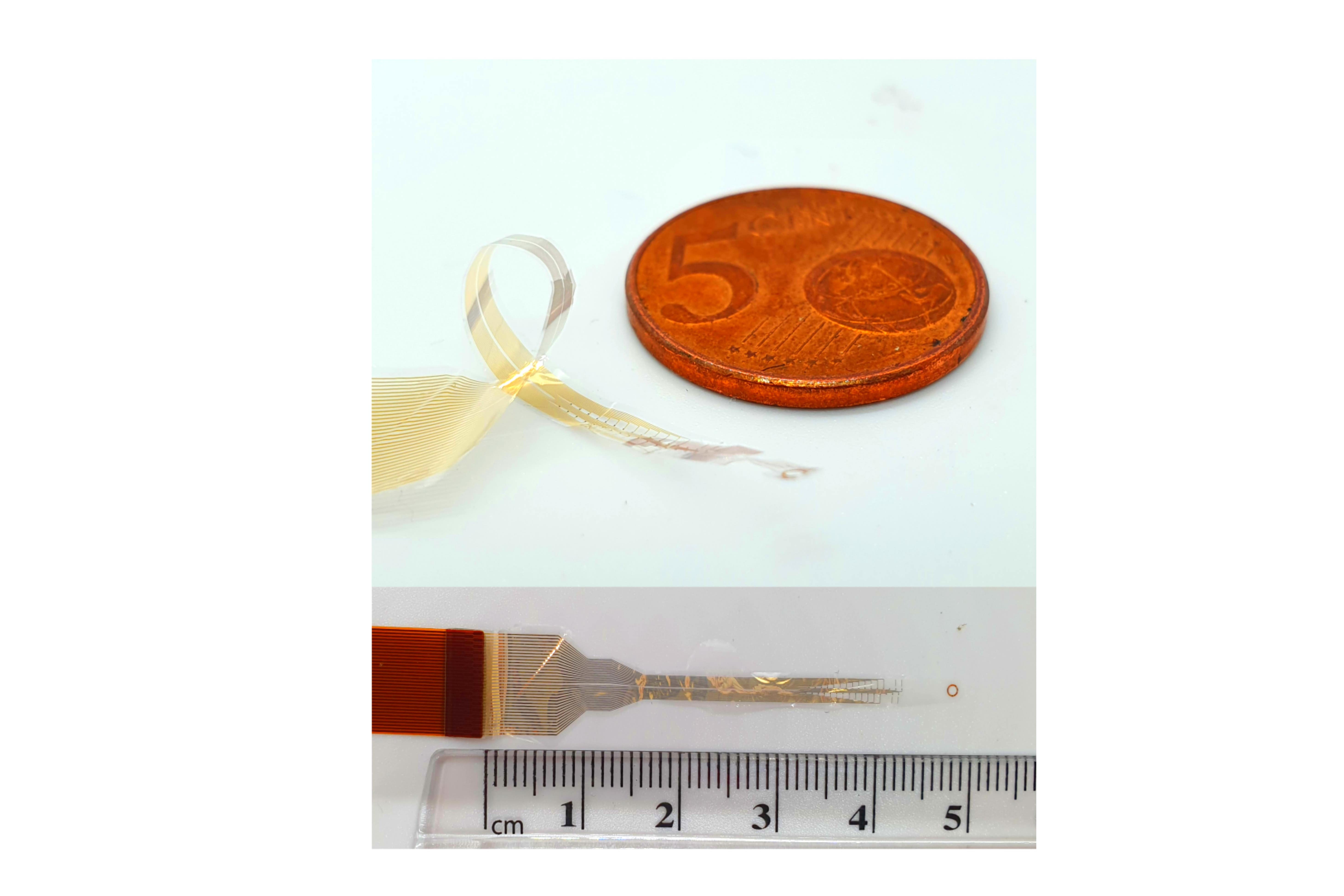Tiny wraparound implants ‘represent new approach for spinal cord injuries’
Researchers suggest that in the future the new implants could lead to treatments for spinal injuries without the need for brain surgery.

Your support helps us to tell the story
From reproductive rights to climate change to Big Tech, The Independent is on the ground when the story is developing. Whether it's investigating the financials of Elon Musk's pro-Trump PAC or producing our latest documentary, 'The A Word', which shines a light on the American women fighting for reproductive rights, we know how important it is to parse out the facts from the messaging.
At such a critical moment in US history, we need reporters on the ground. Your donation allows us to keep sending journalists to speak to both sides of the story.
The Independent is trusted by Americans across the entire political spectrum. And unlike many other quality news outlets, we choose not to lock Americans out of our reporting and analysis with paywalls. We believe quality journalism should be available to everyone, paid for by those who can afford it.
Your support makes all the difference.A tiny, flexible electronic implant that wraps around the spinal cord could offer new ways to treat disability and paralysis-causing spinal injuries, a new study suggests.
The devices have been developed by a team of engineers, neuroscientists and surgeons from the University of Cambridge, who used them to record the nerve signals going back and forth between the brain and the spinal cord.
In the future, the new implants could lead to treatments for spinal injuries without the need for brain surgery, which would be far safer for patients.
We can collect all the information we need from the spinal cord in a far less invasive way, so this would be a much safer approach for treating spinal injuries
Unlike current approaches, the Cambridge devices can record 360-degree information, giving a complete picture of spinal cord activity.
Dr Damiano Barone, from the Department of Clinical Neurosciences – who co-led the research, said: “If someone has a spinal injury, their brain is fine, but it’s the connection that’s been interrupted.
“As a surgeon, you want to go where the problem is, so adding brain surgery on top of spinal surgery just increases the risk to the patient.
“We can collect all the information we need from the spinal cord in a far less invasive way, so this would be a much safer approach for treating spinal injuries.”
Tests in live animals and human cadaver models showed the devices could also stimulate arm and leg movement and bypass complete spinal cord injuries where communication between the brain and spinal cord had been interrupted.
Most current approaches to treating spinal injuries are high risk and involve both piercing the spinal cord with electrodes and placing implants in the brain.
While new treatments are still at least several years away, the researchers say the devices could be useful in the near-term for monitoring spinal cord activity during surgery.
According to the researchers, better understanding of the spinal cord could lead to improved treatments for a range of conditions, including chronic pain, inflammation and high blood pressure.
They developed a way to gain information from the whole spine, by wrapping very thin, high-resolution implants around the spinal cord’s circumference.
This is the first time that safe 360-degree recording of the spinal cord has been possible.
The devices, which are just a few millionths of a metre thick, and require minimal power to function.
The devices intercept the signals travelling on the nerve fibres of the spinal cord, allowing the signals to be recorded.
Because they are so thin, the implants can record the signals without causing any damage to the nerves, since they do not penetrate the spinal cord itself.
Professor George Malliaras, from the Department of Engineering – who co-led the research, said: “It was a difficult process, because we haven’t made spinal implants in this way before, and it wasn’t clear that we could safely and successfully place them around the spine.
“But because of recent advances in both engineering and neurosurgery, the planets have aligned and we’ve made major progress in this important area.”
Although treatment for spinal injuries is still years away, in the short term the devices could be used to learn more about this vital part of the human body.
The Cambridge researchers are currently planning to use the devices to monitor nerve activity in the spinal cord during surgery.
Dr Barone added: “It’s been almost impossible to study the whole of the spinal cord directly in a human, because it’s so delicate and complex.
“Monitoring during surgery will help us to understand the spinal cord better without damaging it, which in turn will help us develop better therapies for conditions like chronic pain, hypertension or inflammation.
This approach shows enormous potential for helping patients.”
The results are reported in the journal Science Advances.